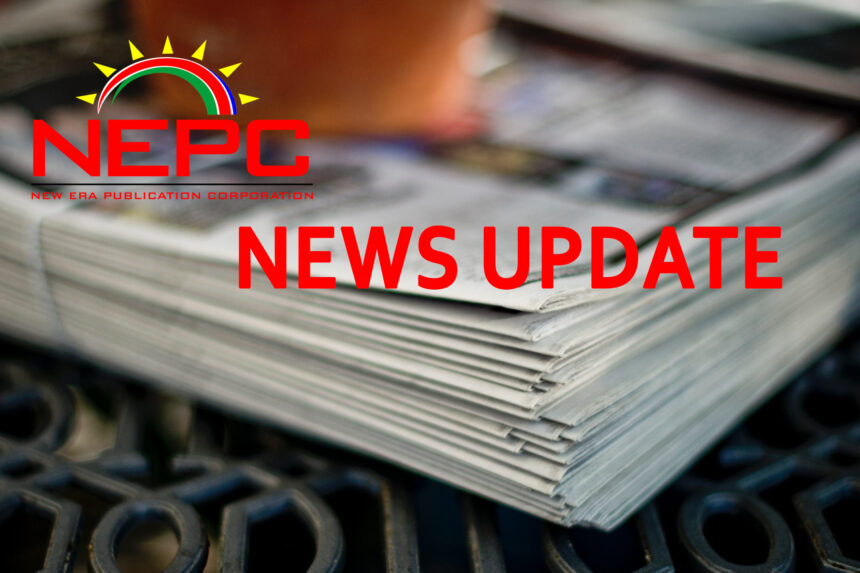Research entity High Economic Intelligence (HEI) says disruptions to production and supply chains caused by the Covid-19 pandemic are now filtering through on the basic prices of goods and services. HEI noted that the impact of Covid-19 on inflation remains uncertain, and depends on a successful vaccine rollout.
In June 2021, Namibia’s annual inflation rate increased by 4.1%, compared to 2.1% recorded in June 2020. Monthly, the inflation rate increased by 0.5%, compared to 0.3% recorded a month earlier. The research entity says these figures are due to the disruptions that halted many supply chains in Namibia since the outbreak of the pandemic.
The main drivers of the June 2021 annual inflation rate were identified as food and non-alcoholic beverages (1.3 percentage points), and transport (1.3 percentage points), as reported by the Namibia Statistics Agency (NSA).
“The fluid economic environment means there are simultaneous supply and demand shifts that can tilt the balance towards more inflation, disinflation or even deflation in the short to medium term,” reads a report from the research entity.
Government efforts continue to encourage Namibians to get vaccinated to help the economy back onto the recovery path. The country is currently experiencing the third wave, and as of 19 July 2021 recorded 21 860 Covid-19 positive cases, while only 35 135 people have received their second doses of Sinopharm and AstraZeneca.
Furthermore, HEI says the upward pressure on inflation in the global economy is on the back of cost-push factors and unconventional monetary policies that were implemented by central banks to fight the pandemic.
Cost-push inflation occurs when overall prices increase (inflation) due to increases in the cost of wages and raw materials. Higher costs of production can decrease the aggregate supply (the amount of total production) in the economy.
This type of inflation is caused by substantial increases in the cost of goods or services where no suitable alternative is available. Higher prices are then the result, as costs of production increase due to a decreased aggregate supply.
HEI continued that the vaccine-induced economic recovery in countries has led to an upturn in demand.
Meanwhile, interest rates remain at the lower range, bound to respond to the impact of the Covid-19 pandemic on domestic economies. Namibia recorded its lowest interest rate since independence of 3.75% with the aim to continue supporting domestic economic activity, particularly in light of the alarming increase in Covid-19 infections and hospitalisations, while at the same time safeguarding the one-to-one link between the Namibia Dollar and the South African Rand.


